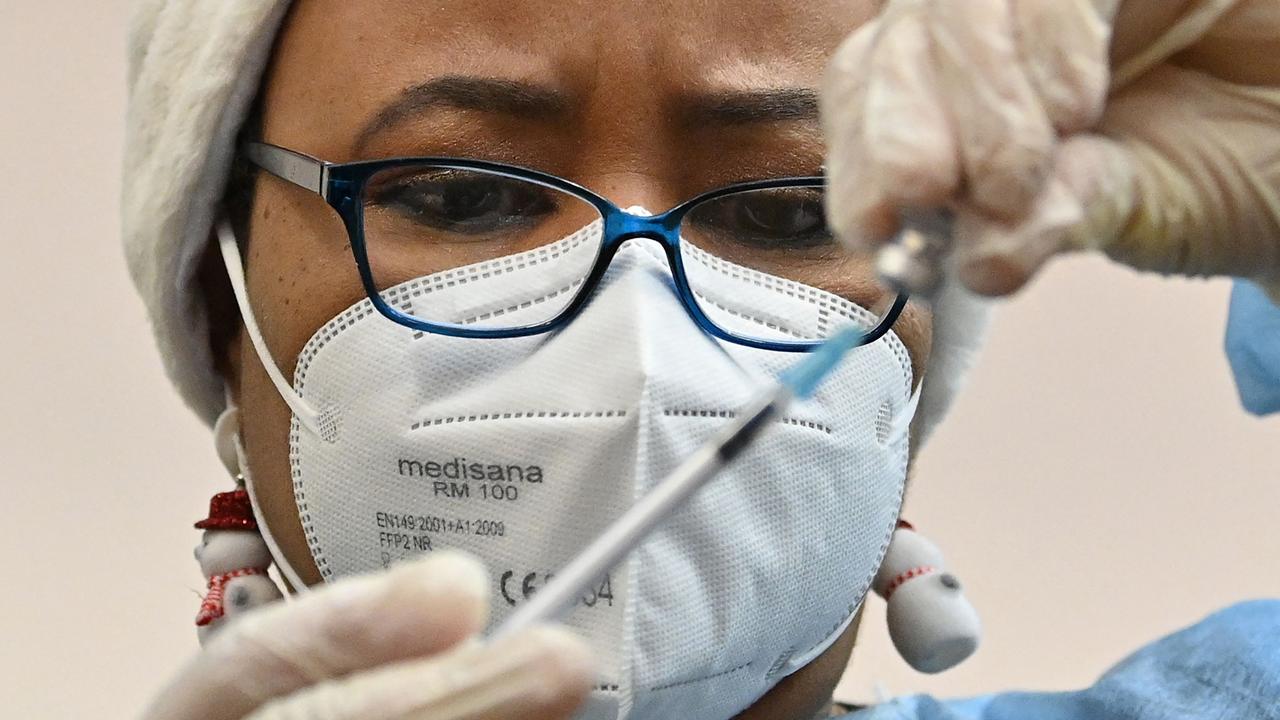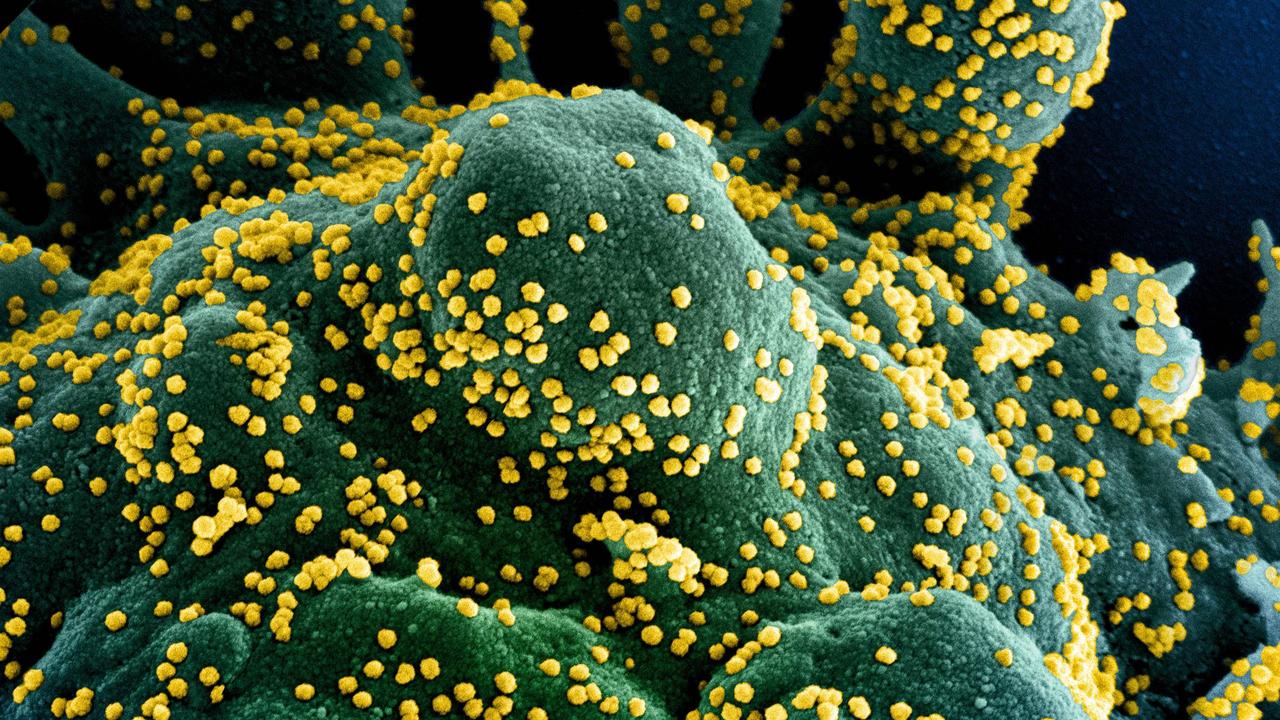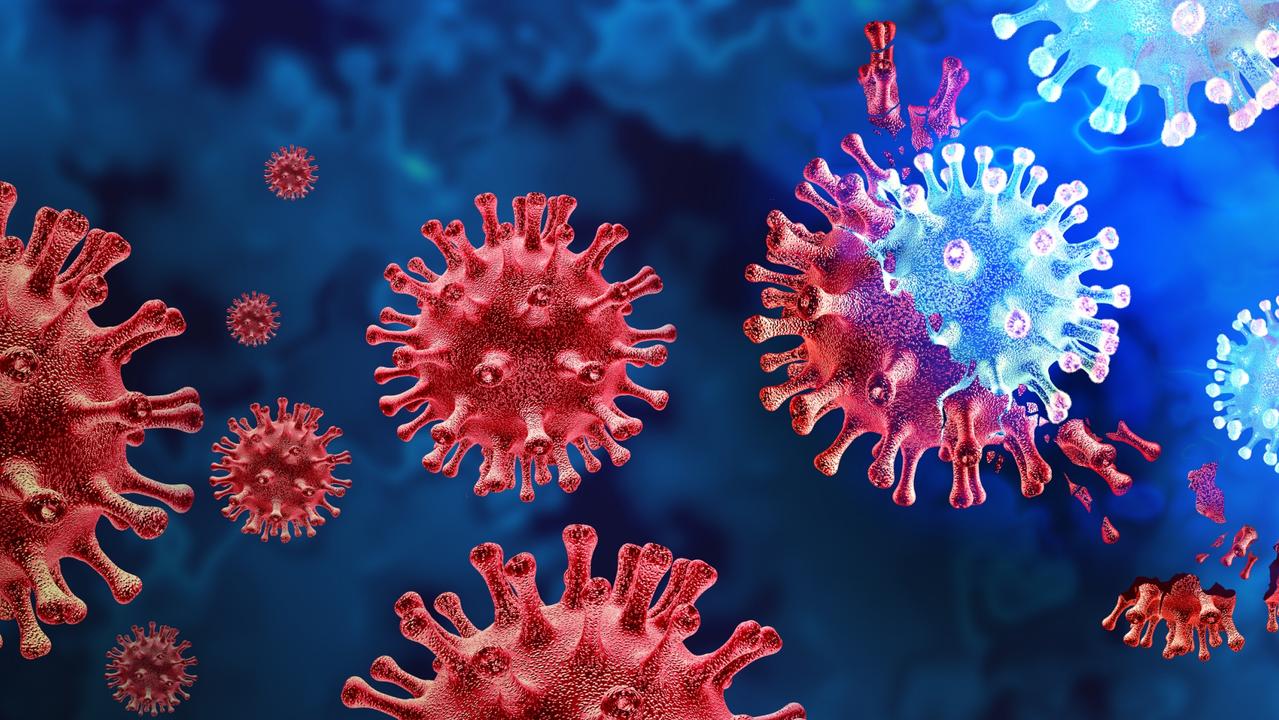Coronavirus Australia: Rats on rise as COVID-19 shutdown cuts their food supply
Rats are on the rise in the open as COVID-19 eats into their supply of takeaway castoffs leading to them fighting for your rubbish.
Rats are on the rise in Sydney with reported sightings increasing as the COVID-19 shutdown cuts into the food supply of the city’s one billion rodent population.
The City of Sydney’s rat catching team has caught more than double the number of rats in March than it did in February.
Throughout greater Sydney – where two main species are estimated to live in numbers of between 500 million and one billion, or 200 rats per person, rats are normally nocturnal.
Out foraging when cafe and restaurant rubbish bins are full after an evening of trading, since the coronavirus lockdown rats have been spotted in daylight hours around peoples’ homes.
One Sydney woman reported her pet cat had killed three rats, and another reported two in her backyard.
Sydney pest exterminator Warren Bailey of ABC Pest Control told news.com.au the combination of less available food combined with recent wet weather had encouraged rats to seek food, and possibly shelter, in suburban homes.
He said when the M4 WestConnex motorway extension opened up last year, swarms of rats came out of the ground.
As the weather got colder and Sydney experienced a huge construction boom, rats were forced out and the City of Sydney doubled the number of rat baits across the city in response to a rise in the rodent population.
The rats may have bred even more as a response to pressure on their habitat, and now that boosted population is being deprived of customary food sources.
A US rodent expert has warned the coronavirus outbreak will mean rats go into “panic mode”, even eating one another, as they are forced to find food outside their normal hunting grounds.
Dr Robert Corrigan said a ripple effect of the COVID-19 pandemic was very desperate rats searching for food at any time, thus triggering a surge in sightings.
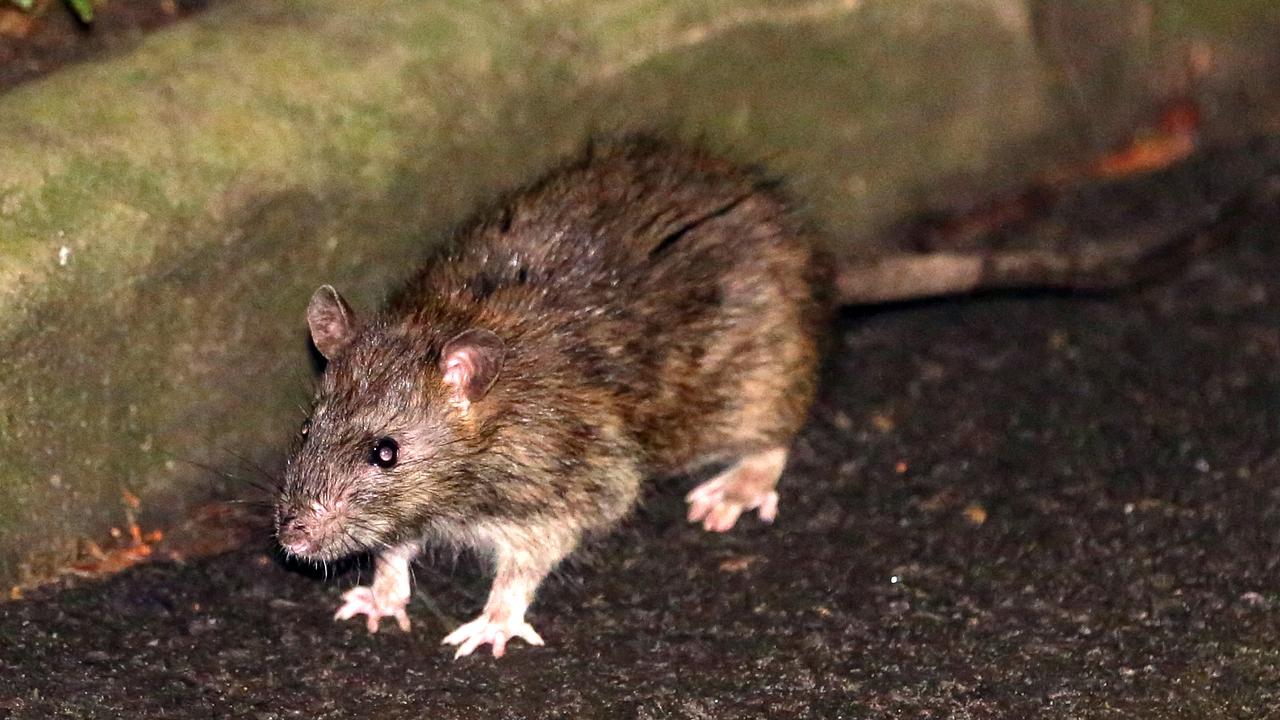
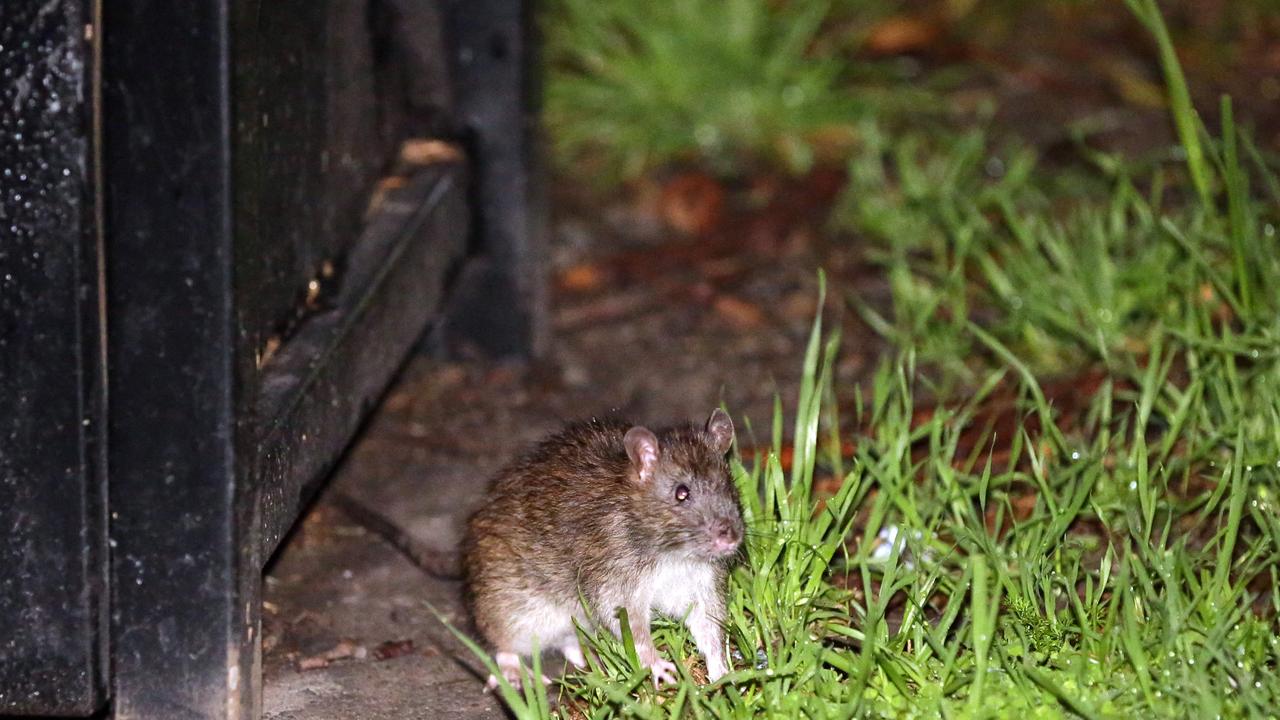
RELATED: Sydney doubles number of rat baits as rodents overrun city
RELATED: Follow updates in the coronavirus outbreak
“Normally, they’re out at night, but a hungry rat will show up during the day or show up during the night,” Dr Corrigan, an expert in the science of rodents, told foxnews.com.
But he said the rats could initially panic, and first “actually kill and eat one another”.
A City of Sydney spokesman told news.com.au that late last year the it doubled the number of rat bait stations to nearly 900 and increased bait checks in high activity areas to weekly.
This year it doubled the number of rat catching boxes from 20 to 40 in February and will increase this to 60 in April.
In February, these boxes captured 53 rodents and in March this number increased to 128, the vast majority of rats caught being brown rats.
Rats first came ashore in Sydney on European ships, probably on the First Fleet in 1788, and are endemic throughout the city and inner suburbs.
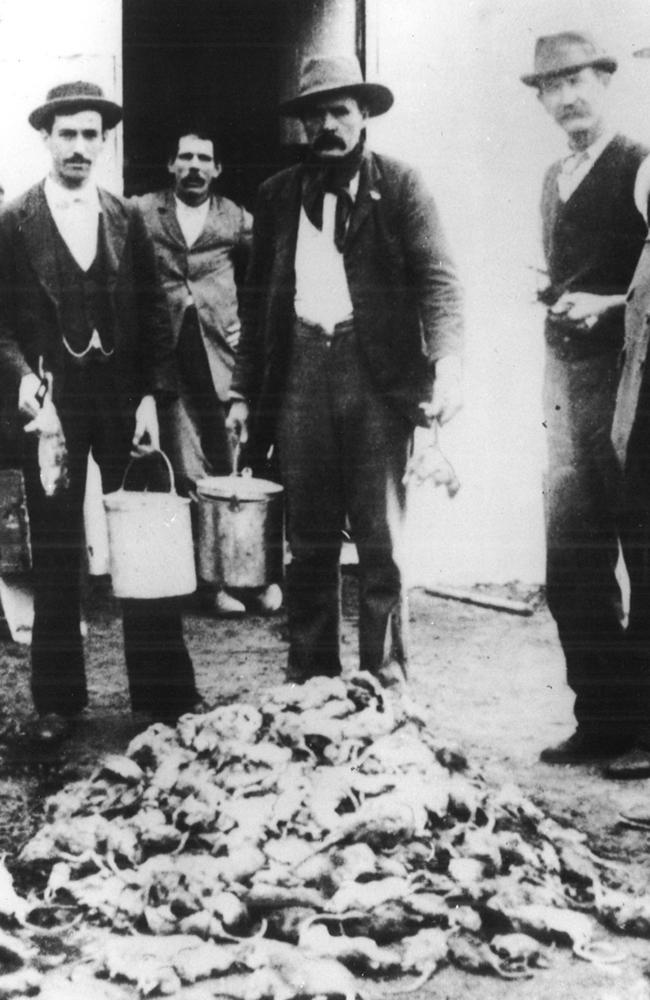
Two species of rat, the black rat or Rattus Rattus and the brown rat, Rattus Norvegicus, populate Sydney’s sewers and tunnels.
In the early 1900s Sydney public officials went on a drive to kill rats in their thousands as the global pandemic of bubonic plague hit Australia.
Bubonic plague is spread by fleas that infect rats and then people.
Rat catchers caught more than 44,000 rodents the rats burned in a special rat incinerator.
However, it should be noted that COVID-19 is not spread by rats.
People in the City of Sydney’s government area can report issues to the City’s customer service team on council@cityofsydney.nsw.gov.au or (02) 9265 9333.


